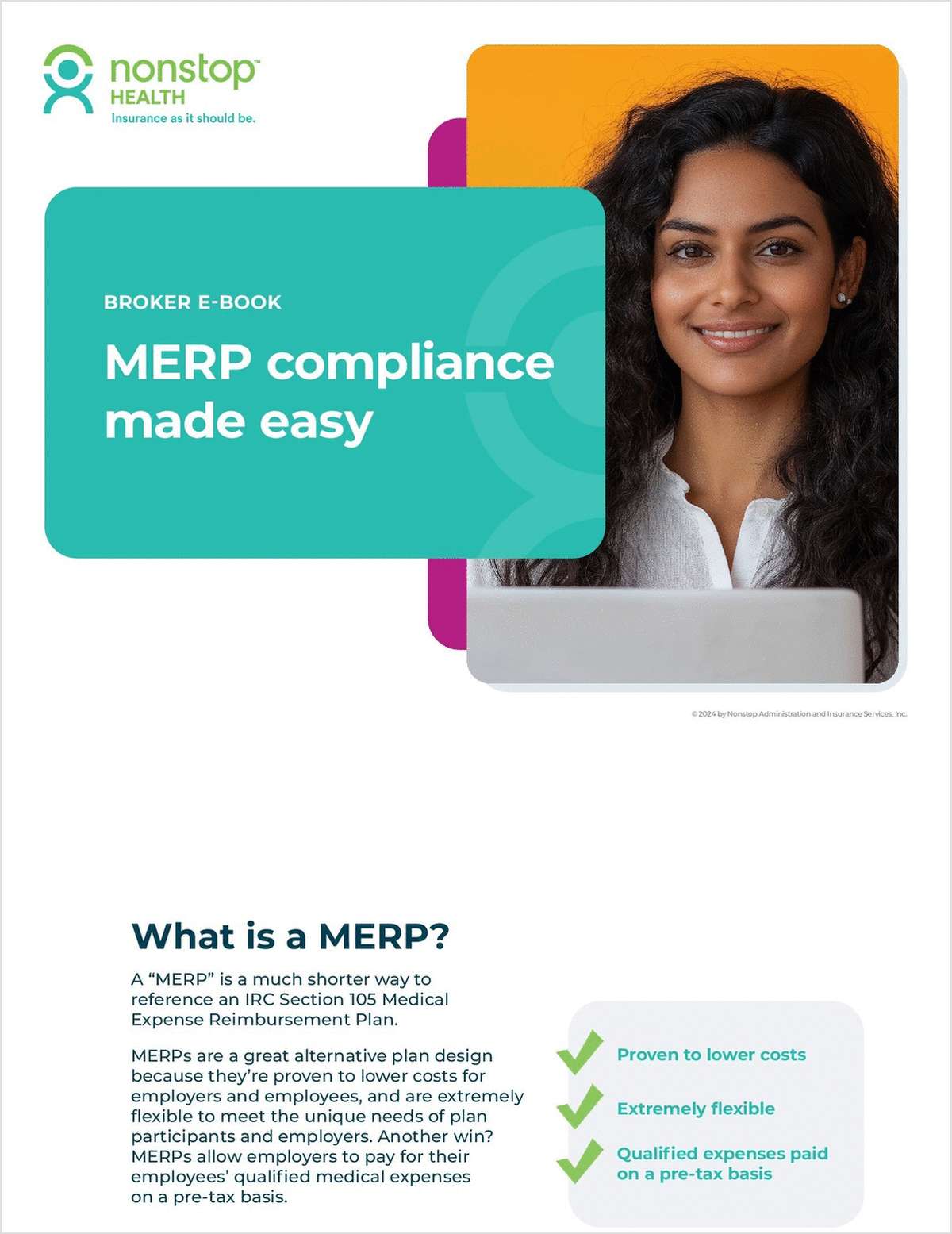 Megan Carpenter is CEO of FiComm Partners.
Megan Carpenter is CEO of FiComm Partners.
Less than 40%. That's one of the most surprising statistics to come out of the COVID-19 crisis.
It's not the unemployment rate or any of the financial impact numbers we've all been following so intently.
No. That's roughly the number of advisors who have pivoted to meeting with clients via Zoom, FaceTime or other video platforms, according to those polled during a recent ThinkAdvisor webinar.
It's an eye-brow raising number, especially when compared to other professionals like medical practitioners.
When doctors had to cancel routine office visits, their faces quickly popped up on computer screens, smartphones, and tablets instead.
A digital telehealth platform called Zipnosis reported that the volume of online consultations exploded by 3,600% in just a few weeks. Once the pandemic hit, the healthcare sector pivoted to video with amazing speed.
It's a remarkable achievement. The question is, why haven't advisors done the same thing?
After all, advisors are smart. They've been tech-savvy since robo-advisors first appeared on the scene, working hard to build "digitally enabled" practices with seamless onboarding, e-signatures, single sign-on and upgraded client portals.
Unfortunately, most of their technology initiatives focused on improving the client experience — not actually connecting with their clients. Digital communication has been a neglected afterthought — a gap that the pandemic is now exposing.
|Why video was left behind
For a long time, video was easy to ignore. Advisors felt production was too expensive, and "clients don't like to communicate digitally anyway."
Why do they need to see their advisors' high school lacrosse trophies and family photos up on a bookcase? Phone calls, emails and meetings are good enough.
That may have been true, once. But in the era of social distancing, consumer expectations have changed.
Clients are adapting to Zooming for yoga classes, pediatrics appointments, and visits with their grandchildren. Now that they're using video all the time, they love it. You can see how much more engaged and interested they are than during a regular phone call.
They pay attention instead of multi-tasking, and see their doctors, accountants, and children's teachers as real human beings. Suddenly, the fact that clients can't find their advisors on video stands out — and not in a good way.
|Make video work for you
Advisors may not be the first to arrive at the party, but there is still plenty of time to get started.
Every firm has a host of opportunities for increasing engagement through video, such as:
- Replace in-person quarterly meetings with video calls. Even better, make yourself available for shorter, more informal, check-ins
- Create connection with prospects by using video to demonstrate your capabilities and share your personality
- Respond to frequently asked questions with a video, and email a link to all clients
- Use screen-sharing to illustrate concepts on a tablet, and talk about them in real-time on a video meeting
Compared to other channels, video is an intensely personal medium and in the age of social distancing, clients are calling for all the human interaction that they can get.
Following these three rules of engagement will help you "keep it real" for your viewers:
1. Influence vs. inform – Hosting a vlog or video call is very different from standing at a podium reading from a presentation.
Like the advisor business, video is relationship-driven. You have to bring clients with you, rather than simply instructing them where to go.
Always start with why: Why should clients care about what you are talking about? Answer that question from their point of view: empathy is the foundation of successful video.
2. Show vs. tell – In today's media-rich environment, a viewer can easily tell if you are speaking from experience or simply regurgitating something you've read.
To be credible, your team has to walk the walk—go out in the world to practice what you preach. If you say you believe in service, then demonstrate how you actively serve clients, employees, community, and maybe even your peers.
3. Converse vs. broadcast – You aren't giving a speech; if it feels like you are, your viewers will tune out. Write and record as if you're having a one-to-one conversation.
Use colloquial language. Give examples from your own life, and don't be afraid to share personal failures and lessons learned. Ask questions, and answer them in later videos.
More than anything else, your viewers are looking for a real connection, not a blow-dried performance. Give them what they want.
Only a few months ago, business-as-usual was working beautifully for advisors. Then the pandemic came, and everyone had to rethink everything—including whom they chose to spend their time with.
Clients just don't have time for distant, formal relationships anymore. They want authentic, down-to-earth human contact.
If advisors want to remain part of their clients' worlds, they need to deliver it. Video can help.
Megan Carpenter is the co-founder and chief executive of FiComm Partners, which develops strategic communications programs including public relations, digital marketing, branding, social media and creative services.
Complete your profile to continue reading and get FREE access to BenefitsPRO, part of your ALM digital membership.
Your access to unlimited BenefitsPRO content isn’t changing.
Once you are an ALM digital member, you’ll receive:
- Breaking benefits news and analysis, on-site and via our newsletters and custom alerts
- Educational webcasts, white papers, and ebooks from industry thought leaders
- Critical converage of the property casualty insurance and financial advisory markets on our other ALM sites, PropertyCasualty360 and ThinkAdvisor
Already have an account? Sign In Now
© 2024 ALM Global, LLC, All Rights Reserved. Request academic re-use from www.copyright.com. All other uses, submit a request to [email protected]. For more information visit Asset & Logo Licensing.








